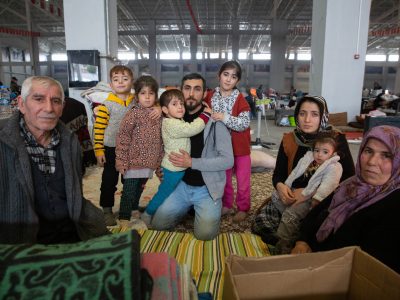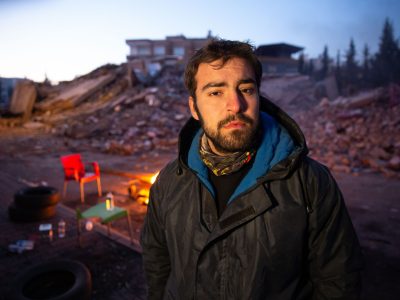+1-868-123-4567
Thousands dead, millions displaced: the earthquake fallout in Turkey and Syria
news
Mar 17, 2023 • 5 min read
Oliver Holmes, Elena Morresi and Finbarr Sheehy - The Guardian
The figures are unfathomable: 47,000 people dead, thousands of others missing, millions homeless. In minutes, two massive earthquakes that rocked Turkey and Syria turned entire cities into mounds of rubble. Two weeks later, the scale of the devastation is still being unearthed. The true impact will not be fully understood for decades.
How many people have been affected?
Turkey’s death toll has climbed above 41,000, the country’s disaster authority has said. This number is expected to rise further, given that more than 345,000 apartments were destroyed and many people are still unaccounted for. In Syria, already devastated by years of war, authorities have said more than 5,800 people died.
Hans Kluge, the World Health Organization’s Europe director, said relief workers were facing “the worst natural disaster in the region for a century”, adding that 26 million people need assistance across both countries. The WHO launched the largest rescue operation of its kind in the organisation’s 75-year history.
In Turkey alone, an estimated 1 million people are living in tents and temporary shelters, while at least 80,000 injured people are in hospital. There is widespread anger and frustration against the Turkish government. In Syria, up to 5 million people may be homeless, many already internally displaced after fleeing civil war. What is the longer-term fallout? The earthquake opened two enormous fissures on Earth’s surface, where the land split by up to seven metres in opposite directions over a span of hundreds of miles. More than 4,300 aftershocks have hit the disaster zone since the initial earthquake, complicating the rescue effort. On Monday, a 6.4-magnitude earthquake and a second measuring 5.8 hit Turkey’s southern province of Hatay, terrifying those left in the region and killing at least three people.

